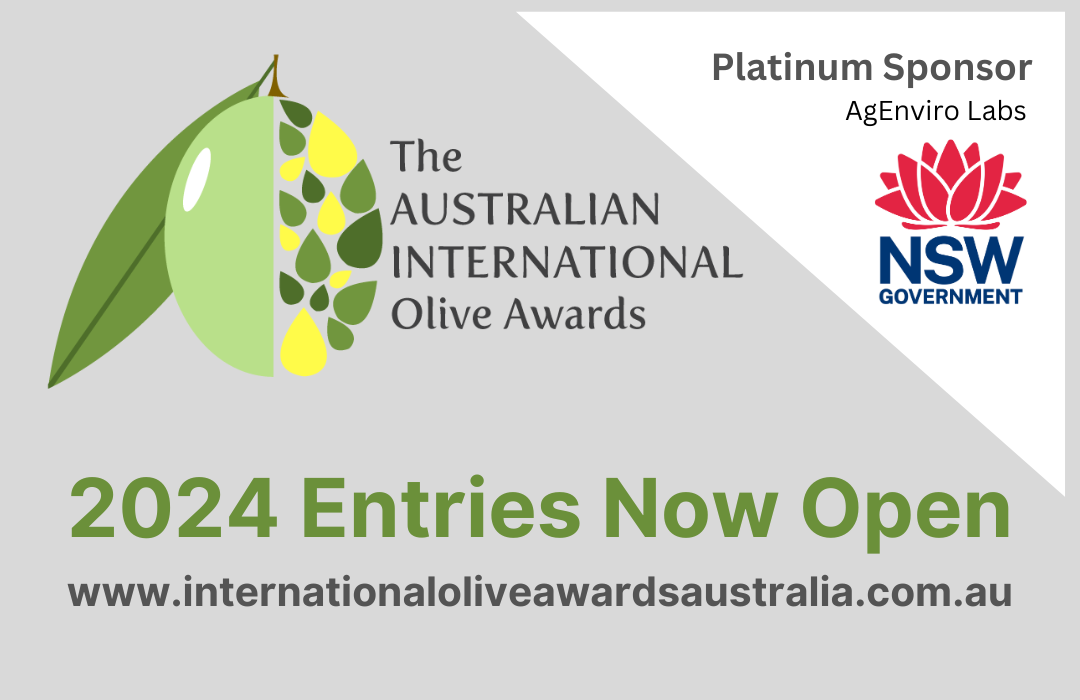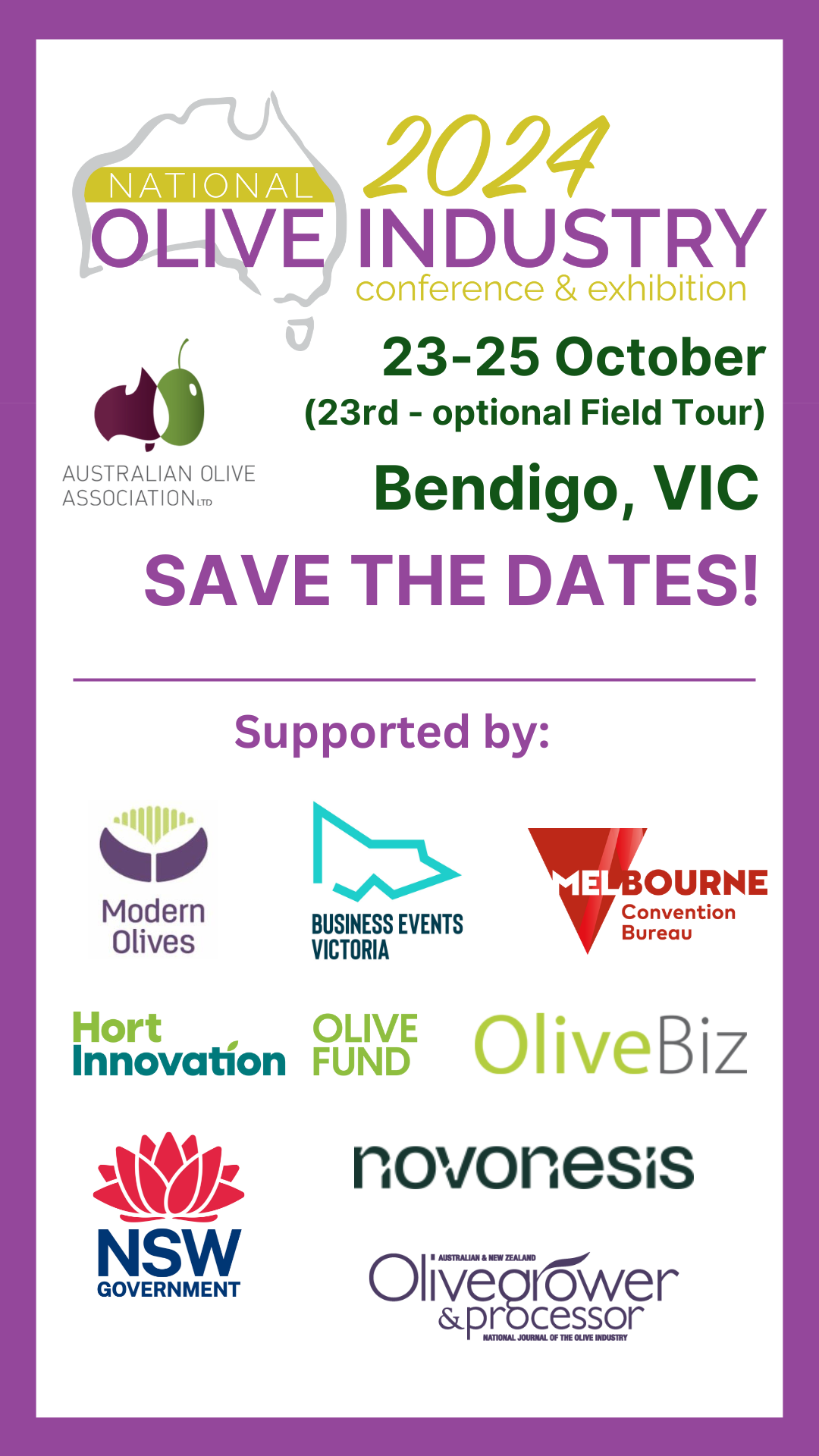Increasing the sustainability and prosperity of Australia’s horticulture industries is among the key aims of Hort Innovation’s new strategic plan, and it seems that there’s already a strong base to build on. A recent analysis of Australian agricultural industries has put horticulture at the forefront in sustainable practices.
A review of the latest Australian Bureau of Statistics data has rated the Australian horticulture industry as the most water efficient of all agricultural industries, returning $6,200 of value per megalitre used in Gross Value of Production (GVP) terms.
Horticulture also generated the highest GVP per hectare of production land used, at $31,486, with the second highest (viticulture) trailing at $7,720. Horticulture is now the second most valuable agricultural sector at $10.2 billion.
In addition, the horticulture industry has the lowest total greenhouse gas emissions and lowest greenhouse gas emissions per $ of GVP, at 0.03 tonnes of CO2-e.
Hort Innovation Research and Development Lead Dr Anthony Kachenko said the changing climate, high energy costs and the emergence of water-related issues such as salinity, water contamination, reduced environmental flows and supply security has brought greater attention to the importance of on-farm efficiency.
“With the increasing cost of agricultural inputs such as water and energy, increasing the efficiency of these inputs remains an important issue for the industry,” he said.
“What this data has shown is that while horticulture is intensive in terms of resource use, such as capital, labour, energy and water, it also a high value industry.
“Initiatives which increase on-farm efficiency will be critical to ensuring the horticulture industry can not only become more productive and profitable into the future, but also improve environmental outcomes.
“Hort Innovation is working to develop a Sustainability Framework for the horticulture sector to continue the momentum in this space.”




